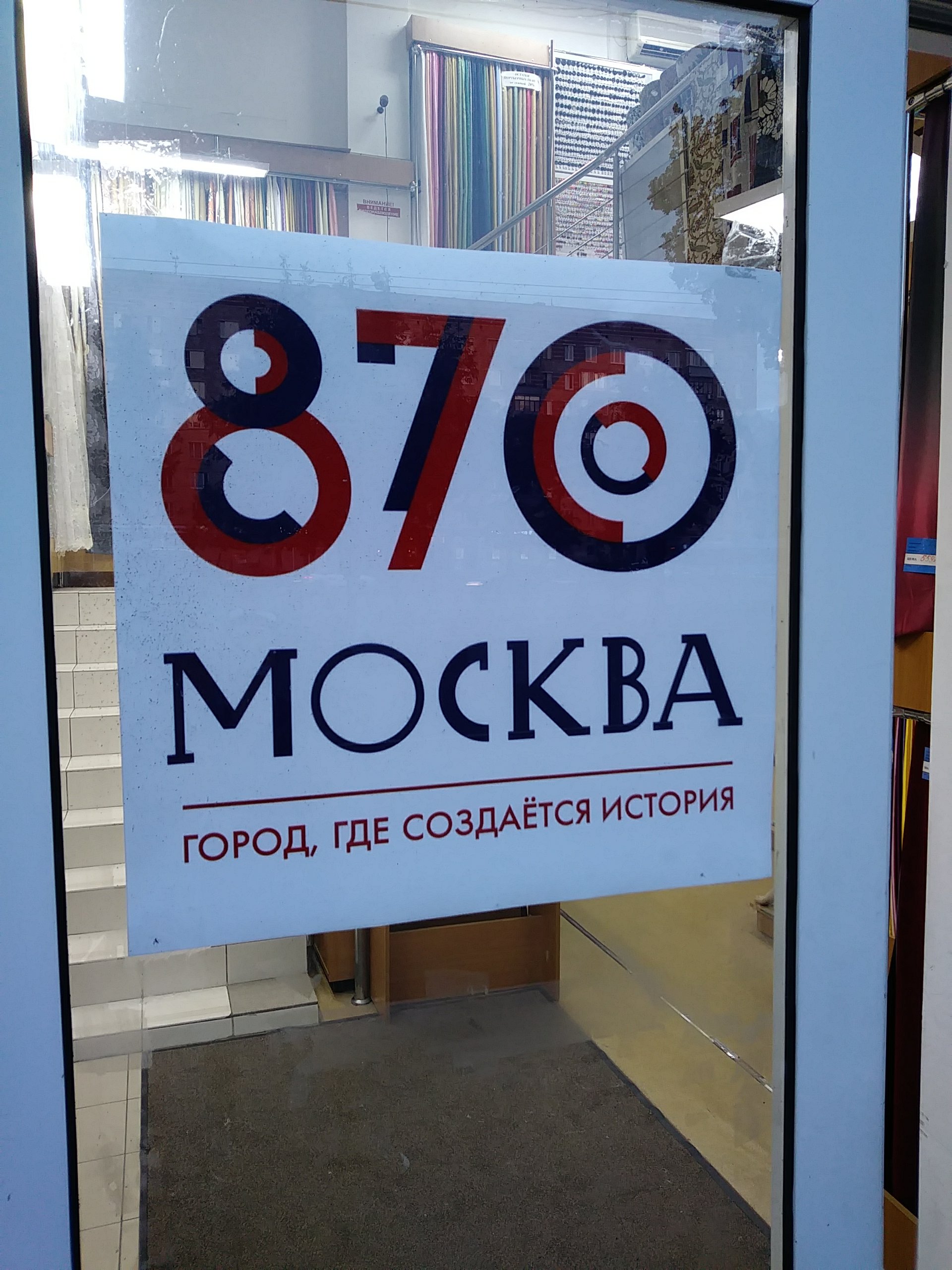Moscovites will choose their local representatives soon, local election are scheduled for September 10. Pictured below is a campaigning poster from political party Яаблоко, Apple, for вернадский district in the southwest of Moscow, one of the 120 administrative districts in the capital.
Autumm has arrived
On the 9
As every year, young Moscovites as well as their parents have been celebrating Day of Knowledge on 1st of September. 1st of September is also traditional first day for newbies in school. Pictured below a poster near Moscow’s Leninskiy avenue. Also at Higher School of Economics a new academic season started and I recognized a lot of new faces. Welcome on board, freshmen and women!

This one will excite you – in case you are an frenetic swimmer like I am. A brand new aquatics center is currently under construction at Moscow’s famous Lyzhniki Oympic complex. Dozens of hands, two of them displayed above are currently reconstructing the pool with 50 metres lanes opposite to Lyzhniki’s Great Olympic stadium; the reopened aquatics center will also see a roof.
This is excellent news! After one of my last training sessions at Lyzhniki’s other open pool I took some snapshots of the construction site. Pictured Belows is what I saw.



Москва изобретает
Moscow will celebrate its 870th anniversary from 1-10 September. An outdoor exhibition at Clean ponds metro station displays wonderful photos from the 1930ies to 1970ies. The exhibition is entitled ‚Moscow is inventing‘ (Москва изобретает). Watching these wonderful photos really made me proud of being a guest in this marvellous and exciting city.
Heading back to work this piece of street art also grabbed my attention.
Construction time
At times Moscow is a large construction site. You will hardly find a major crossroad, metro station exit, or city center side-street which does not experience a major renovation. You will have to watch your step even more carefully when hastling to office right now, but Moscow will look brighter in 2018 for sure. Moscovites are used to eternal potholes anyway, so what. Polishing of public sidewalks comes along as FIFA’s 2018 world cup is approaching.
But this is more than Potemkin’s villages. Moscow is in fact the only city I know in the western hemisphere which is expanding his public transportation infrastructure, in a systematic and sensemaking manner. A second circle line is under construction. Picture above gives a glimpse of one of the new stations near existing Kalushska station.
While German policy makers keep on talking weird talk about driverless cars, I say: a driverless car is what we used to call public transportation. If you want to read the newspaper while going to work, take a ride on the metro.
What time is it?
Did you know that Russia, in contrast to China, spreads across several time zones? When it is 11a.m. in Moscow it is +3 hrs, i.e., 2p.m. in Taschkent, and +9 hrs. in Petropavlovsk. (Yes, I know, Taschkent does not belong to Russia anymore; but it illustrates the story so well.)
Pictured above: Insightful world time map in the international postal Moscow office, Варшавское шоссе, 37.
Happy Birthday Moscow

Seen on the streets of Moscow today the poster pictured above celebrates the 6th anniversary of Moscow’s My Documents campaign. My documents is essentially a synonym for one-stop agencies in the cities districts and boroughs. Behind the scenes additional administrative reforms are going on.
The poster reads „6 years of victory over bureaucracy“, „Moscow’s uniform public service“, and „Your documents are prepared“.








